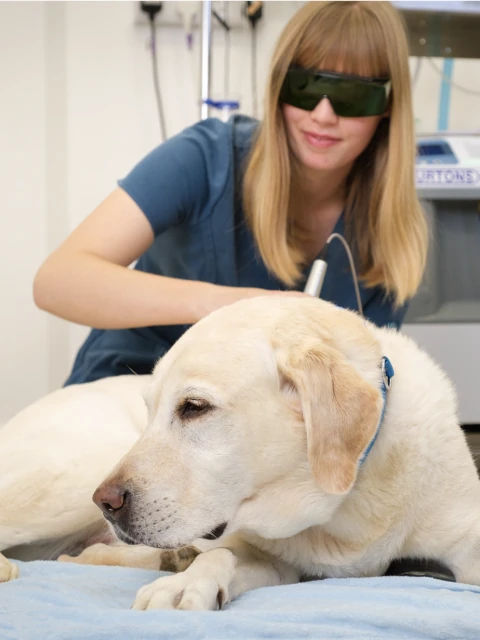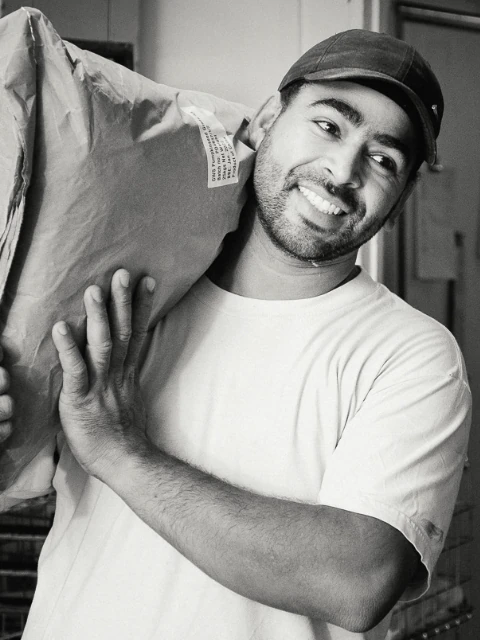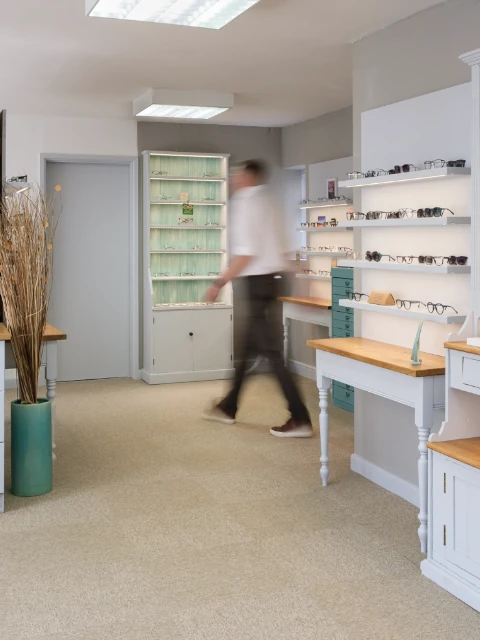How to connect with your audience with authentic storytelling photography

I’m sure you’ve heard the phrase a picture tells a thousand words. But what does it really mean and how does storytelling photography help you build a connection with your audience?
In our digital world, we’re bombarded with content. Every day we receive hundreds of emails and messages. We view thousands of photos on social media, advertising, Google searches and web pages. Life is busy with constant distractions and we don’t have time to read everything in detail.
Often, we’ll scan content, subconsciously asking ourselves…
-
Is this what I’m looking for?
-
Am I in the right place?
-
Does this person know what they’re talking about?
-
Is this interesting?
-
Should I keep reading or look somewhere else?
Catching your attention
Advertisers and journalists are masters at catching our attention. Billboards present eye-catching straplines and journalists use headlines to stop us scrolling or turning the page of a newspaper or magazine.
If you look more closely, you’ll quickly realise the headlines are combined with images to strengthen the connection.
This two-pronged approach, combining an engaging headline with a powerful image, draws us in and encourages us to find out more.
The power of an image
When we look at images, we’re able to understand the content quickly, often in a few milliseconds. We scan the image and our brain processes what we see and quickly fills the gaps.
We’re able to use our experience and our intelligence to work out what’s going on. We get a sense of the mood, the occasion, the energy, the information and much more. They all combine to create a powerful message that would take a few paragraphs of text to explain.

If images are so powerful, how do you use them to connect with your audience?
You know you’re looking at a great story when it flows naturally and holds your attention. Combining storytelling photography with carefully crafted copy is a great way to engage your audience. Your images build a quick emotional connection and the copy reinforces the message and adds the detail.
Here’s a few techniques commonly used by businesses when they’re combining storytelling photography with their copy.

Make your images memorable
Your images need to register quickly and have an immediate impact on the viewer. If they’re bland and boring, you’re unlikely to create a connection.
If you’re thinking about capturing an image to tell a story, what can you do to make it more memorable?
Consider the emotion, energy, colour and light in the scene. You’ll notice powerful photographs often combine great light, composition and emotion to guide the eye. The photographer has selectively framed the image to guide you to the part of the image they want you to remember.
Take your audience on a journey
Does your story have a start, middle and end? Triptychs are a series of three related images and help give your visual story structure.
You don’t need to limit yourself to three images, and more can be used if needed. I recommend taking some time to select your images carefully though. Curate your content and make sure they all contribute to the story. Often less is more.
Here are a few examples of how images can take your audience on a journey:
-
capture different times of the day or changes through the seasons
-
show a set of connected images that are more powerful when presented as a group
-
reveal a transformational journey, with the before and after
-
combine a series of images showing an unusual perspective
-
detail a process starting with the raw materials, through to the finished product.
Inspire your audience!
Most of us buy a product or a service from a company because we share their values and we need to solve a problem.
As you take your audience on a journey how can you make them feel inspired to work with you. Using your storytelling photography, you could show
-
the care and attention you take when you make a product
-
how you source your ingredients and your ethical standards
-
the work you do in your community
-
examples of your values in action.
Share people stories
We all love to see what goes on behind the scenes and photographs of your team make wonderful stories. Share a short bio, with their background and current role. Talk about what they do out of work and any special interests they have.
Photographs of your team doing what they do every day may feel boring to you, but your audience will find them fascinating. These images are a window into your world.


Create relatable content
If your visual story talks to your target audience, they’ll resonate with your content. You want them to think “yeah that’s me – they really get me”.
Where possible avoid stock photography especially when it doesn’t reflect your target audience. Ask yourself if any stock photography you’ve used feels culturally aligned to your target audience. Investing in bespoke photography will allow you to create a visual story that’s tailored to your business.
Entertain your audience
Mix up your images with something unusual – make them laugh as you tell the story. Humour is a great way to make your story memorable and they might even share it with someone else! Remember to consider the context though - if you’re sharing a serious or sad story it may not be appropriate to use humour.
Show real examples
Case studies, client transformations and solutions to problems are great business stories to share. Introducing previous clients into your visual stories and showing how they felt before, during and after working with you is a great way to build trust too.
I hope I’ve inspired you to explore a few ideas and bring your own storytelling photography to life.
Find out more about Nick Cole and Storytelling Photography, here.
